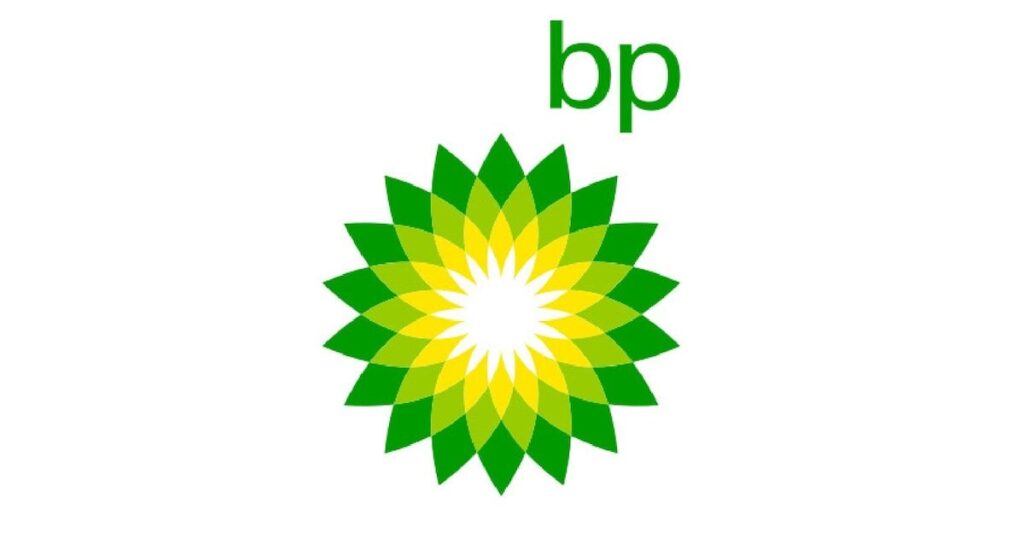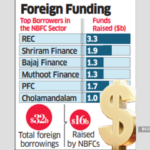NEW DELHI: British multinational oil and gas company, BP, has been selected as the technical service provider for enhancement of state-owned Oil and Natural Gas Corp’s Mumbai High oil and gas field providing up to 60% increase in the production over baseline levels.
The upstream major had in June issued an International Competitive Bidding tender to engage a technical services provider for its Mumbai High field in its attempt to reverse output decline from the field. The company had sought partners with expertise in managing complex mature reservoirs and implementing advanced recovery technologies and best operational practices.
It had invited bids from international operators with proven technical expertise, financial strength, and a track record in similar projects, offering them a share from revenue from the incremental production and a fixed fee.
“After the bid evaluation process, BP Exploration (Alpha) Ltd, a wholly-owned step-down subsidiary of BP Plc, UK has been selected as the technical service provider,” the company said. BP will now review the field performance and identify improvements in reservoir, facilities and wells to enhance the production from Mumbai High field.
BP has indicated a substantial increase in Oil and Oil Equivalent of Gas production up to 60% from baseline production levels (reputed third-party vetted production estimates with natural decline) over a 10 years contract period, ONGC said.
As per the tender document, ONGC had sought bids from companies with annual revenue of at least $75 billion. Other than BP, Royal Dutch Shell has placed bids for the project.
“We are delighted to have been selected by ONGC as the technical services provider for Mumbai High. We look forward to bringing our long experience of optimising performance and recovery from major mature fields around the world to help unlock and enhance production from Mumbai High, India’s largest oil & gas field (c. 25% of India’s oil production),” said William Lin, EVP Gas and Low Carbon Energy, BP. “We look forward to working with ONGC to create value for both the country and the companies involved, and supporting India’s increasing energy needs,” he added.
ONGC’s Mumbai High is an oil producing field of the company, located in the Mumbai offshore area, which was discovered in 1974. The field started production in 1976. While the company focuses on unlocking the potential of new hydrocarbon resources through green-field projects, enhancing recovery from mature fields like MH also remains a top priority for increasing domestic production, ONGC said.
The company had earlier told FE that it is also discussing technology tie-ups with global energy giants like Shell and Petronas for several offshore gas fields. In the second quarter of the current fiscal, ONGC produced 4.912 billion cubic metres of gas, as against 5.018 BCM in the same period of last fiscal.
The decline in growth of gas output, which was 3.6% in Q1FY25 over Q1FY24 has been brought down to 2.1% in Q2FY25 over Q2FY24.
The company expects its acreage acquisition to grow to 260,000 square kilometers, against 150,000 square kilometers in 2023. It is targeting an indigenous production of 40 million metric tonnes of oil equivalent (MMtoe) in the current fiscal.
“For this financial year the company is targeting to reverse the production decline and achieve more than 40 mmtoe of indigenous production and drilling around 550 wells,” the company’s director of exploration Sushma Rawat had told FE.
The company opened the three oil wells of A-field of deepwater block KG-DWN-98/2 in October which aided in enhancing its total oil production to about 25,000 barrels of oil per day. It now plans to open the remaining five oil wells shortly. The company’s standalone crude oil production (excluding condensate) during the third quarter of FY25 stood at 4.576 million tonnes, registering a growth of 0.7% over corresponding quarter of FY24.
Apart from reversing the decline in its matured fields, the company also expects to start production in a clutch of new fields including the Tapti Daman area, Kutch field, and the Mahanadi basin.
“In a year’s time, we will be having better production numbers from the western offshore than what we have today,” Rawat had said.
Source: The Financial Express




 NBFC Fundraising Through ECB Route Hits 5-Year High
NBFC Fundraising Through ECB Route Hits 5-Year High 